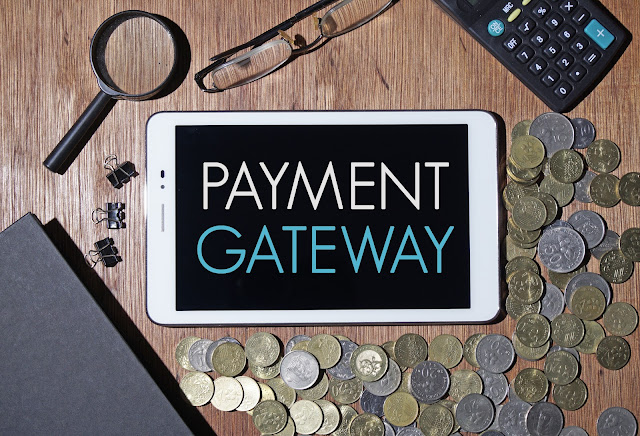The Future of Digital Goods and Services: Trends and Opportunities
In today’s digitally-driven world, commerce has expanded beyond physical products to include various digital goods and services. From streaming platforms to software subscriptions and e-books to virtual events, the market for payment gateway providers is booming, and is not slowing down. As we venture into the future, it’s essential to understand the trends shaping the world of digital goods and services and the exciting opportunities they bring.

1. The Evolution of Consumption
Purchasing goods and services today has fundamentally shifted. Consumers are increasingly seeking convenience, instant access, and personalised experiences. Digital goods and services provide the perfect solution, enabling users to access content, tools, and experiences from the comfort of their devices. This evolution in consumption behaviour has paved the way for a digital-first economy, where intangible products are just as valuable as physical ones.
2. Subscription Models Dominate
Subscription-based models have become a dominant force in the world of digital offerings. Consumers are drawn to the predictability and affordability of recurring payments, and businesses benefit from steady revenue streams and enhanced customer loyalty. From getting services like Netflix and Spotify to software solutions like Adobe Creative Cloud, subscription models offer the convenience of access and continuous updates, ensuring customers always have the latest features at their fingertips.
3. Rise of NFTs and Digital Collectibles
Non-fungible tokens (NFTs) have revolutionised how we perceive digital asset ownership. NFTs are unique digital tokens representing ownership of a specific digital item, such as artwork, music, or virtual real estate. This trend has created a new market for digital collectibles, where individuals buy, sell, and trade unique digital items. NFTs have opened up opportunities for creators to monetize their digital creations in unprecedented ways, creating a decentralised economy around digital ownership.
4. Virtual Events and Experiences
The events industry has transformed with the advent of digital technology. Virtual events, webinars, online workshops, and immersive experiences have become a staple in connecting people across the globe. These digital events offer accessibility, scalability, and reduced environmental impact. Businesses and individuals can tap into a global audience without the constraints of physical location, unlocking a new realm of networking and knowledge sharing.
5. Digital Learning and E-Learning
Education has embraced the digital realm through e-learning platforms and online courses. Learners can access a vast range of subjects and skills from expert educators worldwide. The flexibility and self-paced nature of digital learning caters to diverse needs, from career advancement to personal enrichment. The growth of e-learning presents lucrative opportunities for educators, content creators, and platforms that facilitate knowledge exchange.
6. Data Privacy and Security
Data privacy and security concerns have intensified as digital transactions and interactions through third party payment gateway increase. Businesses must prioritise robust data protection measures to ensure consumer trust. Implementing encryption, secure payment gateways, and compliance with data protection regulations like GDPR is essential to maintain the integrity of digital goods and services.
7. Personalization and AI
Artificial Intelligence (AI) is revolutionising the digital landscape by enabling advanced personalization. Businesses today give heed to user behaviour and preferences to deliver tailored experiences, recommendations, and content. AI-powered chatbots and virtual assistants enhance customer support, providing instant assistance and improving user engagement.
8. Global Accessibility
Digital goods and services transcend geographical barriers, allowing businesses to reach a global audience. Whether it’s an indie musician streaming their music worldwide or a language learning app catering to learners from different cultures, the digital space opens doors to diverse markets and cross-cultural interactions.
9. Environmental Sustainability
The digital shift isn’t just about convenience; it also contributes to environmental sustainability. Reducing physical products and packaging minimises the carbon footprint associated with manufacturing, shipping, and waste. Virtual events and digital experiences have less impact on resources, making the digital realm a greener alternative to traditional consumption.
10. Challenges and Future Outlook5
While the future of digital goods and services is undoubtedly promising, it comes with challenges. Piracy, copyright issues, and digital rights management need robust solutions. Additionally, ensuring inclusivity and accessibility for all users, regardless of their digital literacy, is crucial.
The future of digital goods and services is teeming with possibilities with shopify payment gateway malaysia. As technological advancements reshape industries, businesses must stay agile and adapt to emerging trends. Subscription models, NFTs, virtual experiences, personalization, and AI-driven solutions reshape consumer expectations and business opportunities. The digital realm presents a world of innovation, creativity, and convenience, enabling businesses to cater to evolving consumer needs and unlock new revenue streams.



Comments
Post a Comment